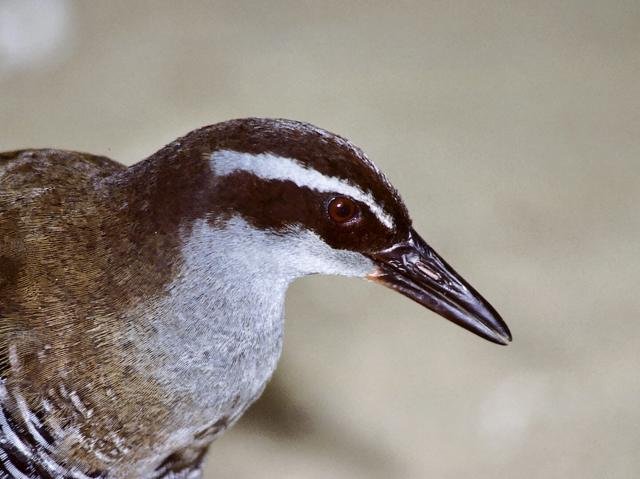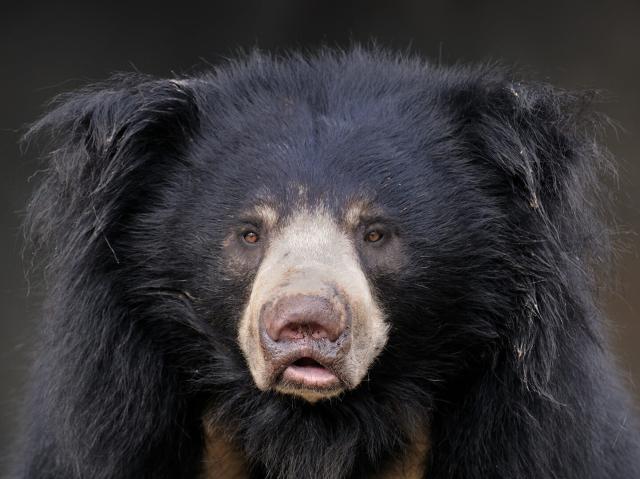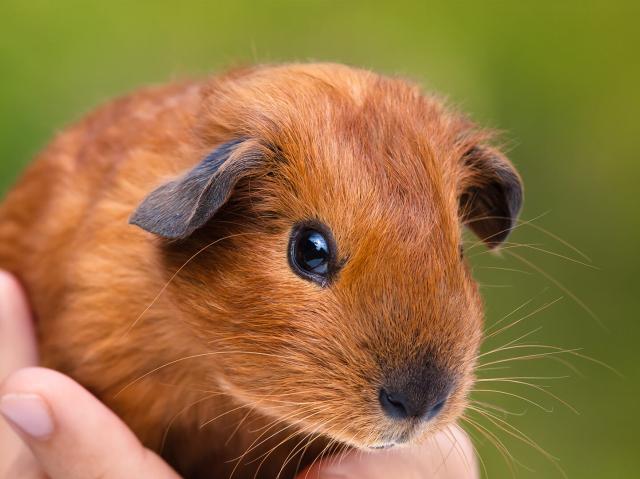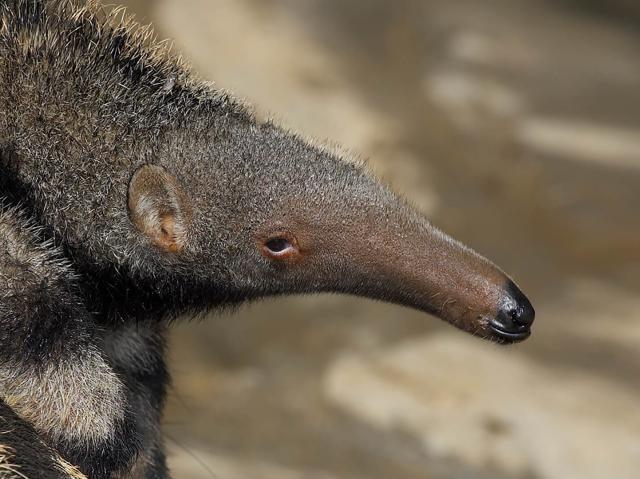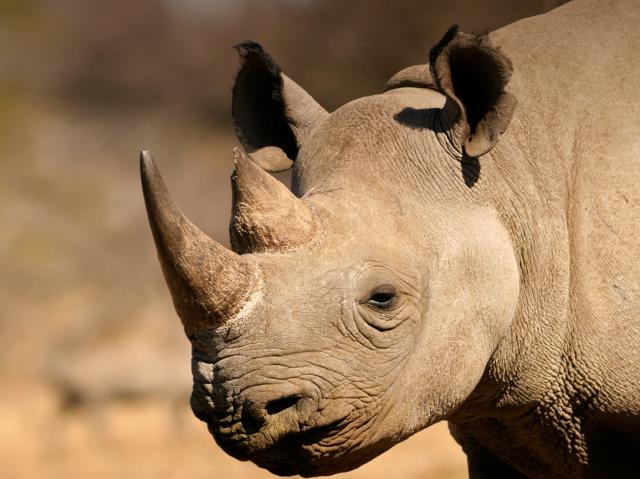
Reindeer (Caribou)

- CLASS: Mammalia (Mammals)
- ORDER: Artiodactyla
- FAMILY: Cervidae
- GENUS: Rangifer
- SPECIES: tarandus

ABOUT
Reindeer or caribou? Even though no one has actually seen a reindeer fly, this special member of the deer family has a lot to live up to! Reindeer and caribou are classified as the same genus and species, Rangifer tarandus. In Europe, they are called reindeer. In North America, we typically use the name reindeer when we refer to Eurasian populations, and the name caribou to refer to most populations in North America. However, we use "reindeer" to refer to domesticated individuals, even those in North America.
Antlers are the reindeer’s most memorable characteristic. In comparison to body size, reindeer have the largest and heaviest antlers of all living deer species. A male’s antlers can measure up to 51 inches (130 centimeters) long, and a female’s antlers can reach 20 inches (50 centimeters). Just as a tree has a trunk, so all antlers have a main beam and several branches or tines that grow from the frontal bones of the skull. Sometimes little branchlets or snags are also present. The tip of each antler is called a point. Unlike horns, antlers fall off and grow back larger every year. As new antlers grow, the reindeer is said to be in velvet, because skin, blood vessels, and soft fur cover the developing antlers. When the velvet dries up, the reindeer rubs it off against rocks or trees, revealing the hardened, bony core.
Males begin to grow antlers in February and females in May. They both finish growing their antlers at the same time but shed their antlers at different times of the year. A male drops his in November, leaving him without antlers until the following spring, while female reindeer keep their antlers through the winter until their calves are born in May. This fact has led many to believe that, based on the presence of antlers, Rudolph the red-nosed reindeer must have been a female to have those antlers on Christmas Eve!
But what are the antlers for? They are handy weapons against predators, males use their impressive antlers (which can weigh up to 33 pounds or 15 kilograms!) to woo the females, and females use theirs to clear away the snow to find food.
Reindeer are thought to have first been domesticated by Arctic peoples at least 3,000 years ago (and perhaps as long as 7,000 years ago) in northern Eurasia (Lapland) and still remain the only deer species to be widely domesticated. They are used as beasts of burden and farmed for milk, meat, and their hides.
HABITAT AND DIET
Reindeer are built for staying warm in freezing temperatures. They originally inhabited the tundra and forests of Scandinavia and northern Russia, and were then introduced into Iceland, Greenland, Alaska, and Canada. They are covered in hair from their nose to the bottom of their feet!
Reindeer come in a variety of colors, depending on the subspecies, the region, the sex, and even the season. They range from dark brown in woodland subspecies to nearly white in Greenland. A reindeer’s coat is usually a bit darker in summer and lighter in winter. Reindeer have two coat layers: an undercoat of fine, soft wool that stays right next to their skin, and a top layer of long, hollow guard hairs. The air trapped inside the guard hairs holds in body heat to keep a reindeer warm against wind and cold. The hollow hairs also help the reindeer float, allowing it to swim across a river, if needed.
Having hairy hooves may look funny, but they give reindeer a good grip when walking on frozen ground, ice, mud, or snow. Spongy footpads help them walk in marshy fields, and in winter, their hooves harden so they can dig into the ice or snow and keep from slipping. Being broad, flat, and having two toes, a reindeer’s hooves also allow it to push water aside when it swims. The hooves are even used to scrape at snow while looking for food. A long dewclaw on each leg serves as an extra hoof to help a reindeer climb on rugged terrain.
Another outstanding feature is right under the reindeer’s nose—actually, it IS its nose! The specialized nose helps to warm incoming cold air before it enters the lungs, and it also works as a super sniffer! Its sense of smell helps the reindeer find food hidden under snow, locate danger, and recognize direction. Reindeer mainly travel into the wind to pick up scents. Reindeer are the only deer to have hair completely covering their nose.
Depending on where they live, reindeer have to watch out for golden eagles, gray wolves, brown bears, Arctic foxes, mountain lions, coyotes, lynx, and dholes. A healthy adult reindeer is usually safe from predators, especially in a large herd, where many individuals can watch for danger. It is the youngest reindeer calves that are most susceptible to predation. Old, weak, ill, and injured reindeer are also vulnerable. After the breeding season, many bulls are exhausted or injured, and they are also at risk.
Reindeer are ruminants. When available, they eat mosses, herbs, ferns, grasses, and the shoots and leaves of shrubs and trees, especially willow and birch. In winter, they make do with lichen (also called reindeer moss) and fungi, scraping the snow away with their hooves to get it. A special enzyme in their stomach breaks down lichen, an energy-rich food. An average adult reindeer eats 9 to 18 pounds (4 to 8 kilograms) of vegetation a day.
At the San Diego Zoo, the reindeer are fed alfalfa hay, acacia browse, and low-starch, high-fiber biscuits.
FAMILY LIFE
Reindeer love a crowd. They travel, feed, and rest together throughout the day in herds of 10 to a few hundred. During the spring, they may form super herds of 50,000 to 500,000. The herds generally follow food sources, traveling south (up to 1,000 miles or 1,600 kilometers) when food is hard to find in winter.
Reindeer chat with each other with snorts, grunts, and hoarse calls, especially during the breeding season or rut. Calves bleat to call to their mother.
After males rub the velvet off their antlers, their body continues to prepare for the rut. Their neck swells, their stomach draws in, they grow a mane of hair under their neck, and they start to fight with each other, sometimes resulting in death. The winner chooses 5 to 15 females to be in his harem. This is a stressful time for the males, and they lose up to 25 percent of their body weight. Females that become pregnant leave the herd in the spring and travel to a traditional calving ground. Here, they give birth within a 10-day period of each other, usually in May and June.
Mother reindeer usually give birth to a single calf, although there may be twins, and three and four have been recorded. The calf is not spotted like in other deer species. Newborns are able to stand just one hour after birth, can follow their mother at five to seven hours old, and can outrun a human when one day old! A reindeer calf drinks its mother’s rich milk, and at one week old, it begins to add solid food to its diet. By two weeks, it has doubled its birth weight. The calf is weaned about six months later.
Antlers first appear as little hairy buds when the reindeer is in its second year. They soon grow into spikes called dag antlers. The young reindeer may grow these for several years, but more than likely, the third year will bring forth a forked set. The next year, another point emerges. In its prime, at about six years, the antlers are at their best.
CONSERVATION
The worldwide reindeer population, including domesticated reindeer, is about 5 million, including about 900,000 caribou in Alaska. Today, population density, predation, and disease seem to determine reindeer herd sizes. Historically, overhunting has caused some reindeer populations to decline. Despite strict anti-hunting measures, poaching is still a major threat in Russia. In Finland, logging and winter sporting activities may disturb reindeer habitat. And hybridization with domesticated reindeer is a potential problem for some populations.
The Arctic is changing, and as temperatures rise, white-tailed deer move into areas occupied by reindeer. These deer carry a worm parasite that is fatal to moose and reindeer populations. Warmer summers also mean more insect activity. Reindeer that are harassed by insects may not be able to forage enough to put on the weight they need to last through winter.
People are changing the tundra, too. Expanding oil exploration, industrial development, and increased disturbance from aircraft and snowmobiles are just some examples. So far, reindeer have been able to adapt to the presence of people and machines. But as people continue to develop the Arctic, the ongoing challenge will be to consider the needs of reindeer herds.
By supporting San Diego Zoo Wildlife Alliance, you are our ally in saving and protecting wildlife worldwide.
LIFE SPAN
15 to 18 years
YOUNG
Gestation: 7.5 months
Number of young at birth: 1 (rarely 2 to 4)
Weight at birth: 5 to 20 pounds (2.5 to 9 kilograms), depending on habitat
Age of maturity: Females, 4 years; males, 6 years
SIZE
Height: 28 to 53 inches (70 to 135 centimeters) tall at shoulder
Weight: Females - 121 to 308 pounds (55 to 140 kilograms); males - 143 to 529 pounds (65 to 240 kilograms), depending on time of year
FUN FACTS
Some reindeer travel 9 to 40 miles (15 to 65 kilometers) daily in the same area; others migrate 750 miles (1,200 kilometers) twice a year in large herds.
Adult reindeer can swim 4 to 6 miles per hour (6 to 10 kilometers per hour) and can run up to 50 miles per hour (80 kilometers per hour).
When reindeer walk, their hooves make a loud clicking noise due to a tendon slipping over the foot bone.



